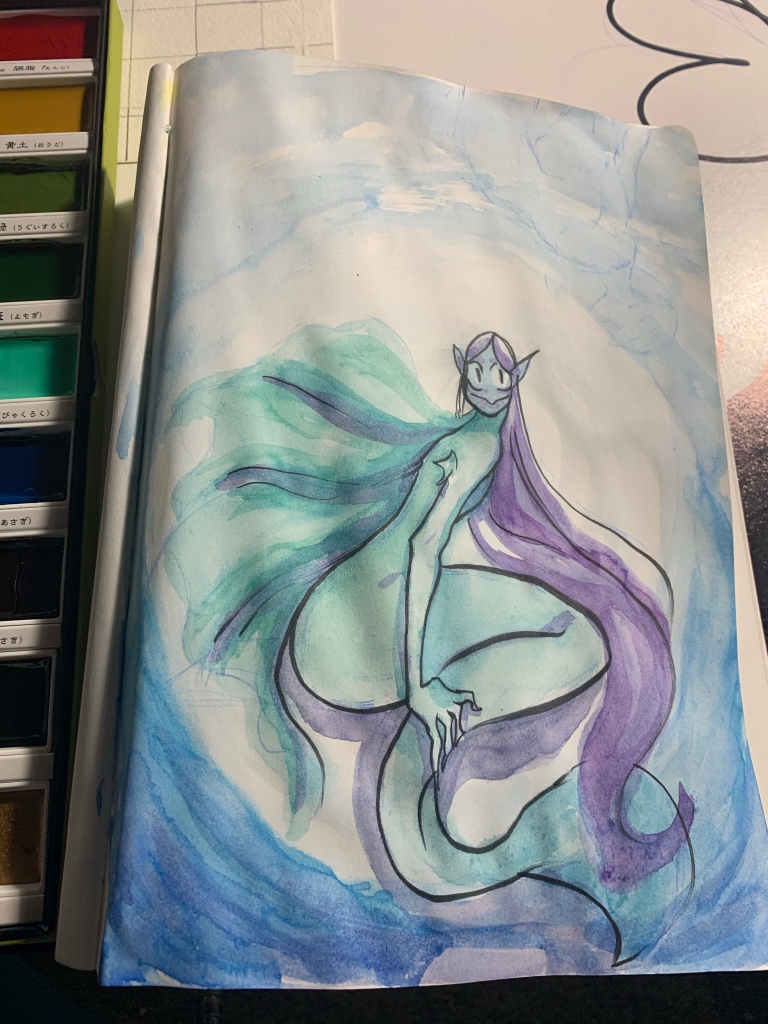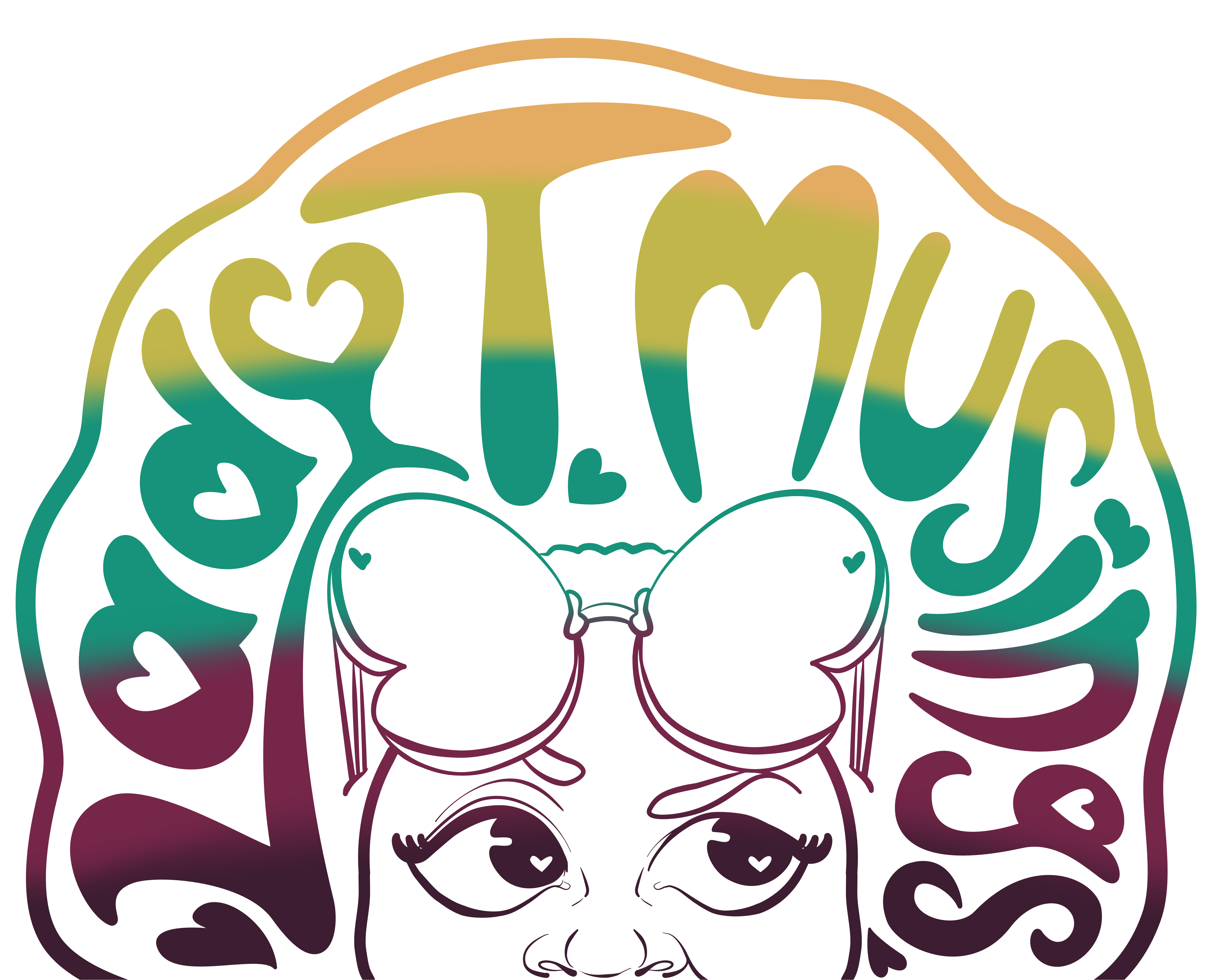I thought I posted about the books I’ve been reading during the Pandemic to brush up on my knowledge and skills as an artist already, but turns out I forgot to actually que them up so yeah, let me back track real quick and talk about some of them :}!
Color and Light: A Guide for the Realist Painter by James Gurney, he also has a blog and YouTube channel with lots of fantastic information and art. His book combines a lot of lessons and more from his blog and compiled into a beautiful book filled with color theory explanations and examples anyone from a novice to expert can gain something from.

Reading this book gave me everything I wanted from the studio art classes I took in college. They were good classes, but I didn’t get the understanding I thought I would from the on portraying light and color…or figure drawing. I’m still haunted by cow skulls :/.
Anyway, each chapter is broken up to a two page spread or less with all the key points you’d need to understand the concepts James is talking about. Not just talking, but also showing examples of!!

Idk about you, but nothing makes my eyes roll harder than a book about art techniques or color that’s is all text with small examples. I need to see what you are talking about, and I never had a problem grasping anything James talked about because he creates fantastic examples. All art or photos that he has created or taken himself (often from his Dinotopia series) That’s hella baller and makes this book a most have for any artist.
I got so into reading this book I had to crack open a fresh notebook to take notes in bc the highlighters weren’t enough! For each new topic I created an exercise for practicing what I’ve read. It’s actually something I’ve carried over to any reading regarded art improvement. It’s pretty nifty when I’m trying to decide where to start. Just open the lesson planner and pick something.
He has another book as well that’s called Imaginative Realism that focuses on bringing your imagination to life that I also picked up too. It’s also pretty good, but I found not nearly as practical as much of the advice would then say, “make a maquette” and I’m like….I ain’t got the time, clay, or space for all them figures (as cool as that’d be). Buutt when thinking about it, I can translate it into making 3D models for reference so not a complete bust.

I really love a lot of the fun sketches in this book and models (even if I’m not going to be making them).
The next books are geared towards watercolorist.

The New Encyclopedia of Watercolor Techniques is an incredibly helpful book for exploring watercolors. Everything is laid out neatly with ample examples for each technique discussed. This book has a nice balance of text and art that illustrates each point clearly.

It’s hella comprehensives on the many techniques and tools that can be used when painting and discusses terminology native to watercolor as a medium.

The last book I’m going to highlight is actually from a series of how to books by Stephanie Pui-Mun Law that details how she creates her dreamy fantasy watercolor paintings.

Stephanie has created books on making fantasy worlds and the creatures that reside within them. Each book serves as a how to guide for creating fantastical creations in her style. It’s a beautiful style filled with wispy and elegant lines, and soft colors that make a splash on the page.
A lot of my line work tends to lean on the bolder side, but I definitely appreciate studying different kinds of artistic styles since you never know what you may pick up. I’m still reading through the Dreamscapes series, but I’m loving the step by step Stephanie takes from sketch to completed painting and the techniques and tools she used to get there!
When I have more recommendations, I’ll be sure to let y’all know :).














